Cell Bikes opened its doors for business in Sydney in 2002 and expanded its operations to online shoppers in 2006. The company has experienced considerable growth in recent years and has sold more than 100,000 bikes to date. Cell operates a huge warehouse to handle all of its online sales plus it has stores in both Sydney (Stanmore) and Melbourne (Fitzroy).
In the past, Cell’s bike range has effectively targeted enthusiasts and families, but it has never held appeal for the performance market. Recognising this, the company recently designed the Omeo (which shares its name with a remote town in Victoria with spectacular riding), a new road bike platform aimed squarely at performance riders. Cell is offering two models in its 2014 catalogue: the Omeo 1.0 and Omeo 2.0.
Both models share the same frame design, however by toggling the amount of T700 and T800 carbon fibres used in each model, Cell can deliver a bike that favours comfort over stiffness in the Omeo 1.0, while the Omeo 2.0 is lighter, stiffer, and a little more expensive.
The Omeo 1.0 ships with a full 11-speed Shimano Ultegra mechanical groupset and Mavic Aksium wheels for $1,999, while the Omeo 2.0 features a full 11-speed Ultegra Di2 groupset (with the new internal seatpost battery) and Mavic Ksyrium Equipe S wheels for $2,799.
Before the ride
The Omeo 2.0 arrived in a close-to-fully-assembled state, requiring only the handlebars and saddle to be fitted. Online buyers can expect to spend a little extra time getting the Di2 system operational since the battery will often need to be charged.
First, the battery lead needs to be connected to the battery in the seatpost, and then the extra length needs to be seated in the frame to allow the seatpost to be inserted. Cell is putting together an instructional video but at the moment customers can email or phone for help.
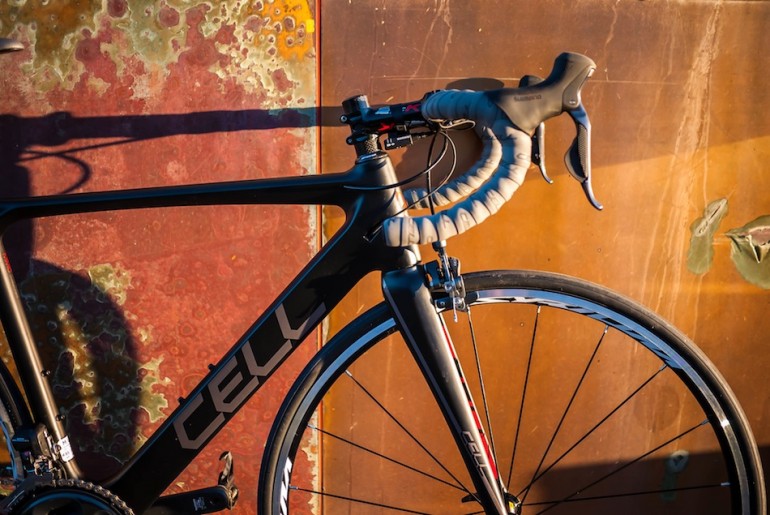
A charger is supplied with the bike but a USB port is required to supply the power. In the past, the Di2 battery was removed from the bike for charging; now, the charger is connected to the bike via a port in the junction box on the underside of the stem. Once the battery was charged (~2 hours), the gears were running perfectly and the Omeo 2.0 was ready to ride.
The Omeo frame features a press fit 86 bottom bracket, carbon dropouts, internal cable routing for both mechanical and electronic groupsets, and a tapered 1.125-inch headset with an oversized 1.5-inch lower bearing. Cell opted to specify a 27.2mm seatpost for the Omeo — a traditional standard — where the smaller diameter provides a little extra flex for ride comfort.
The Omeo 2.0 comes equipped with a full 11-speed Ultegra Di2 groupset, including the chain and cassette. The crankset is fitted with mid compact rings (52/36T) while the cassette range is 11-25. The rest of the build kit comprises Mavic Ksyrium Equipe S wheels fitted with 25mm Yksion Comp tyres, FSA SLK carbon handlebars and seatpost, a forged FSA SLK stem, and a Fizik Arione saddle.
The quality of this build kit is outstanding considering the entire bike retails for $2,799. (But please bear in mind, while reading this review, that this bike comes in at a very different price point to, say, a $10,000 bike).
The frameset is finished crisply in matte black with red and silver-grey highlights. The handlebar tape and saddle are supplied in grey to tie the colour scheme together and overall the Omeo 2.0 presents well. The only criticism is that the scheme lacks distinction.
The geometry of the Omeo 2.0 is race-oriented with relatively short head tubes at every size. See the full geometry table here. Interestingly, the Omeo 2.0 is supplied with either a 100mm or 110mm stem (depending on frame size), which is likely to be too short for riders looking to achieve an aggressive race position on the bike.
As already mentioned, the Omeo 2.0 retails for $2,799 online at Cell Bikes, though Cell has stores in Sydney and Melbourne where assembled bikes can be test ridden and purchased.
Cell offers a lifetime warranty on the frame and forks for the original owner, two years for the groupset and one year for the wheels. For more information on the Omeo 2.0 visit Cell Bikes.
After the ride
From the outset, the Omeo 2.0 proved to be true to its racing intentions. The frame was stiff and efficient, the bike rolled smoothly, but the most impressive features were the steering and handling, which were both stable and precise.
I’ve ridden a lot of great bikes that corner well, holding a good line with little effort, but such bikes don’t normally tolerate any deviations. The Omeo 2.0 is much better than that — it follows a good line with no effort then allows you to deviate from it without complaint. It’s a trait that I prize highly and it makes for an outstanding race bike, especially for criteriums where sudden corrections are often required.
The front end of the Omeo 2.0 is very sturdy, and presumably this adds to the quality of the steering. The bottom bracket and rear end felt quite efficient; stout enough to reward short efforts out of the saddle without being exceptional. Heavy riders and sprinters may find the bike a little supple but otherwise it promises to perform well.
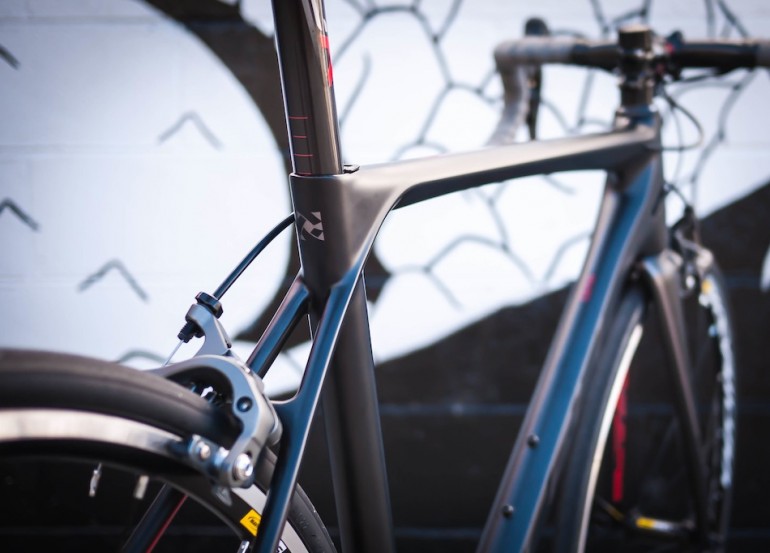
I was struck by the smooth ride offered by the Omeo 2.0 on my regular ride routes. Swapping the smooth roads of the metro area for rougher chipseal roads in the country revealed a stark contrast though: while the rear triangle of the Omeo 2.0 worked well to eliminate road buzz and provide a smooth and comfortable ride, the front end was much too stiff and generated an excess of road buzz.
I was able to eliminate the road buzz by swapping the front wheel for a Stan’s Alpha 340 fitted with a 25mm tyre. In this instance, the shallower rim bed of the Stan’s rim allowed the 25mm tyre to sit a little wider when compared to the Ksyrium rim, so that it measured 26mm compared to 24.5mm for the Yksion tyre on the Mavic wheel. Buyers may have to resort to a 27 or 28mm wide tyre if they regularly ride on rough chipseal roads.
The new 11-speed Ultegra Di2 is as effective as its 10-speed predecessor. The levers still benefit from the same outstanding ergonomics, but I still feel that the buttons offer vague feedback during use compared to mechanical shifting.
Di2 is now supplied ready for multiple rear shifts when either button is held, but they are executed relatively slowly as the rear derailleur steps through each shift. I found it far more effective to tap the shift buttons multiple times when I needed a rapid change in gear ratios. However, this can be customised by Shimano’s E-tube software which most bikeshops will have.
Some have argued that mid compact rings may be the most versatile, but ultimately their suitability depends on individual needs. In this instance, I found myself crossing the chain too often if I tackled short climbs with the big ring, but in every other instance I always had plenty of cogs to choose from.
Final thoughts and summary
All told, the Omeo 2.0 performed well throughout the test period. I had no trouble with strange noises or anything coming loose despite paying little attention to the bike after pulling it out of its delivery box.
Cell claims that the Omeo 2.0 is the best bike under $3,000 and I agree with them based on the quality of the build and the performance of this bike.
The Omeo 2.0 will be a sound choice for parents looking to buy a race bike for their teenager. I can also see it serving as a good training bike, where the Di2 groupset should minimise the amount of attention the bike requires despite a regular pounding.
Enthusiasts looking for a bike with a little extra performance may also be interested in the Omeo 2.0, but only if they are looking for more handlebar drop and can adopt an aggressive racing position.
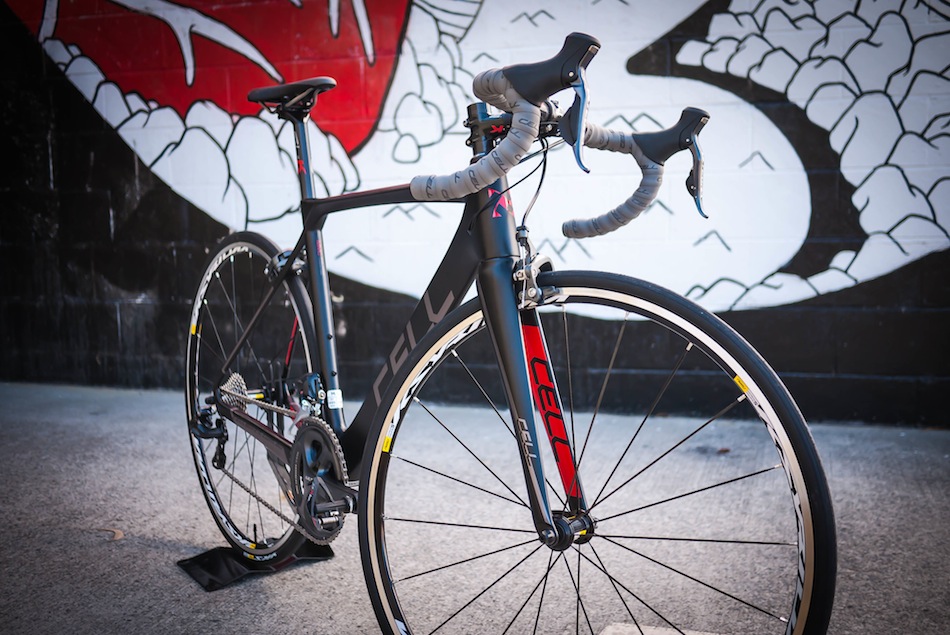
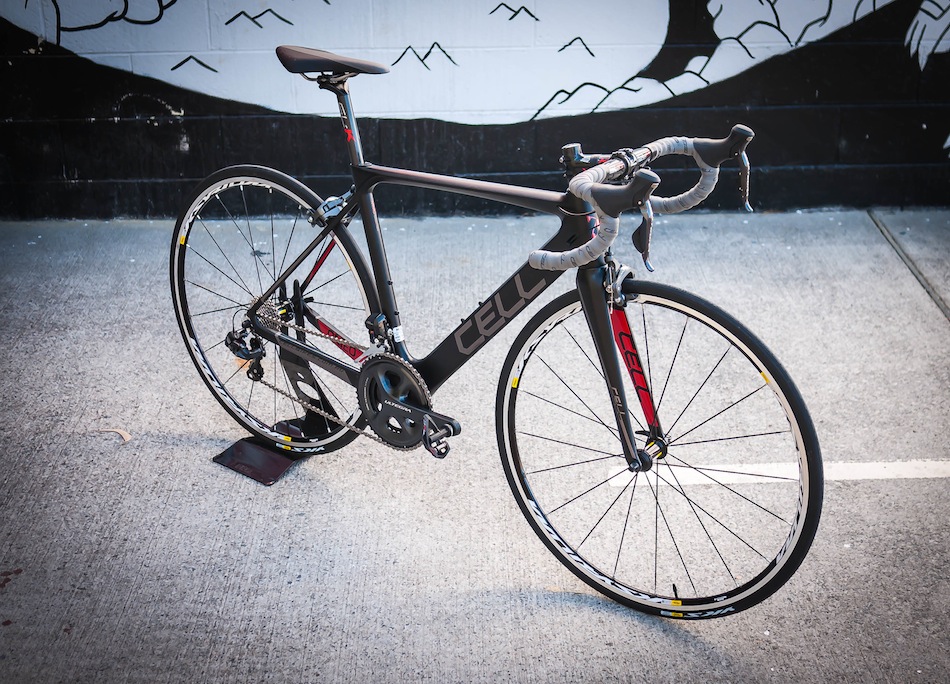

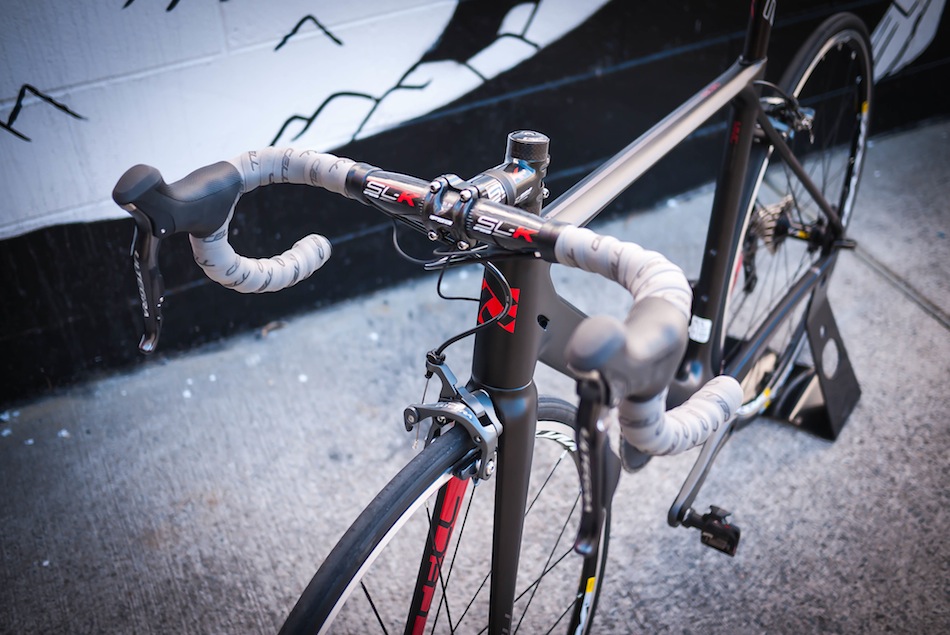
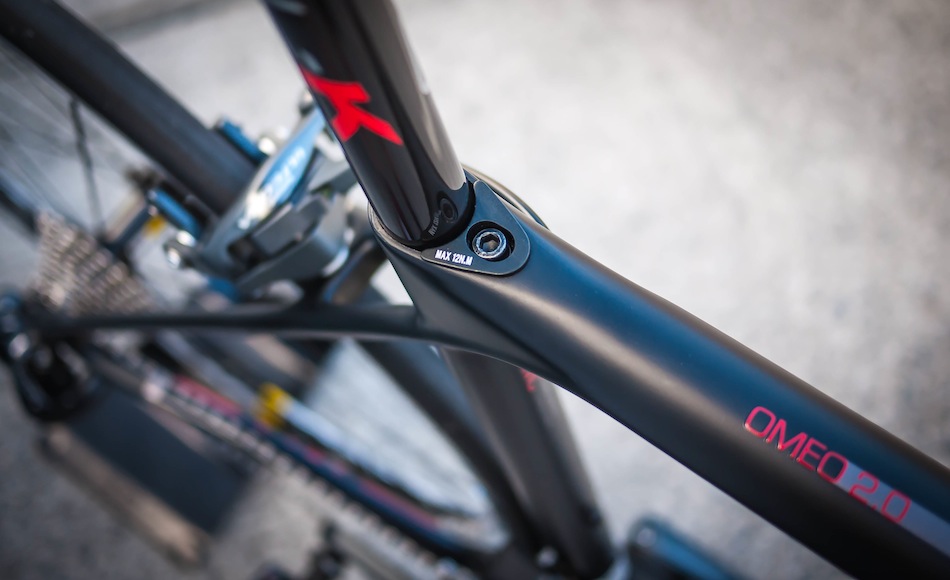
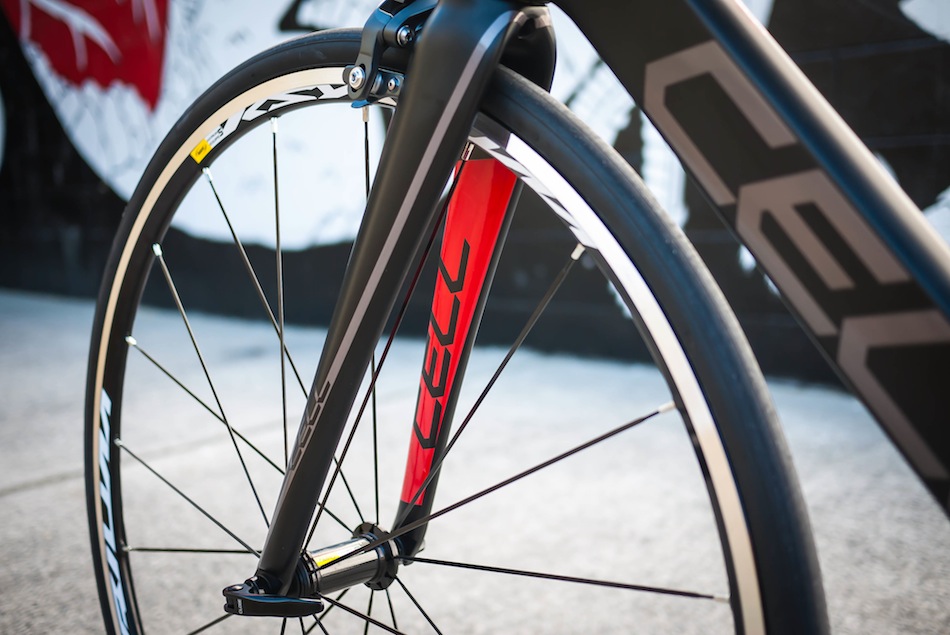
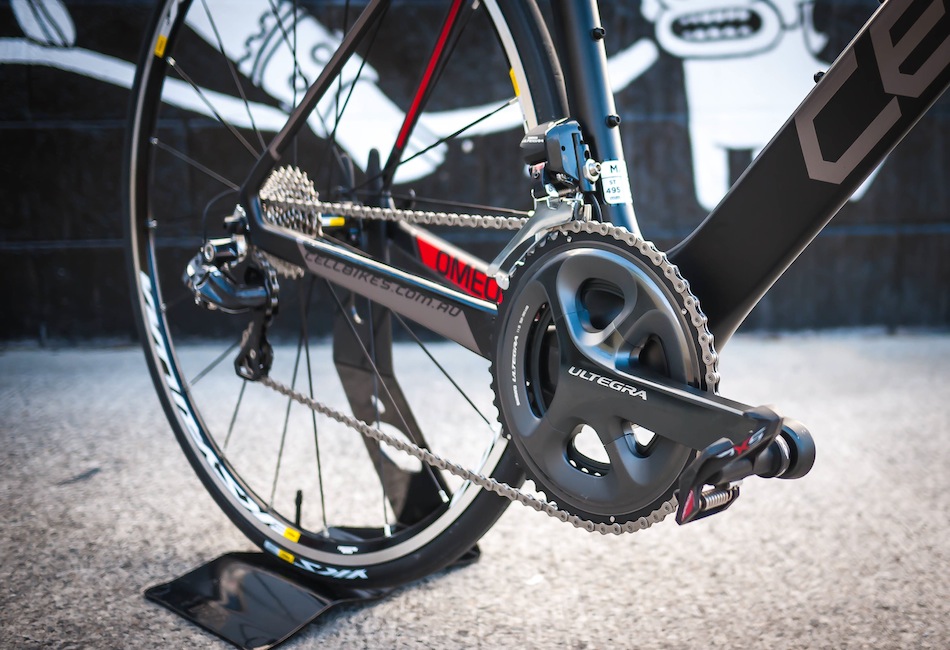
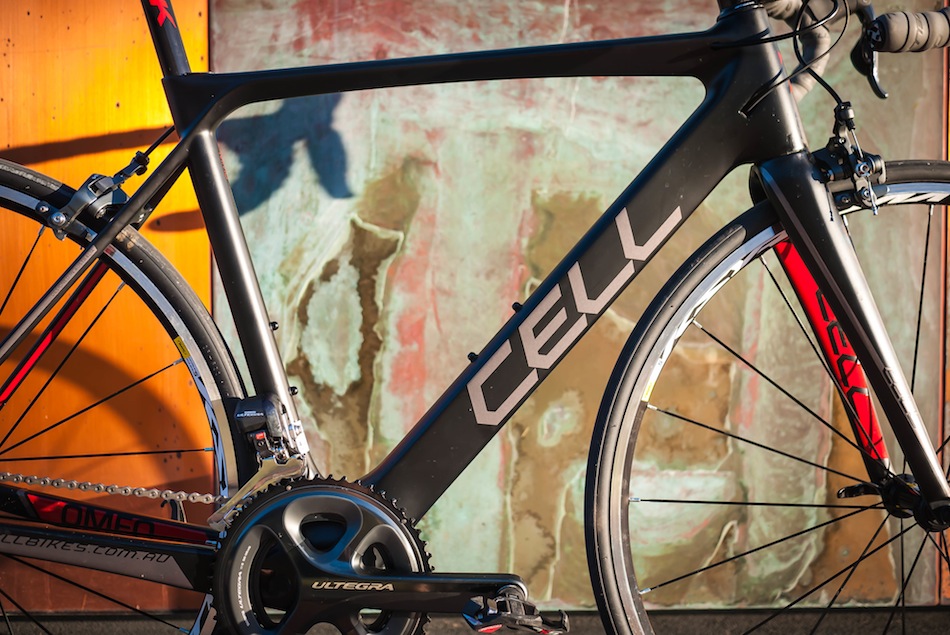
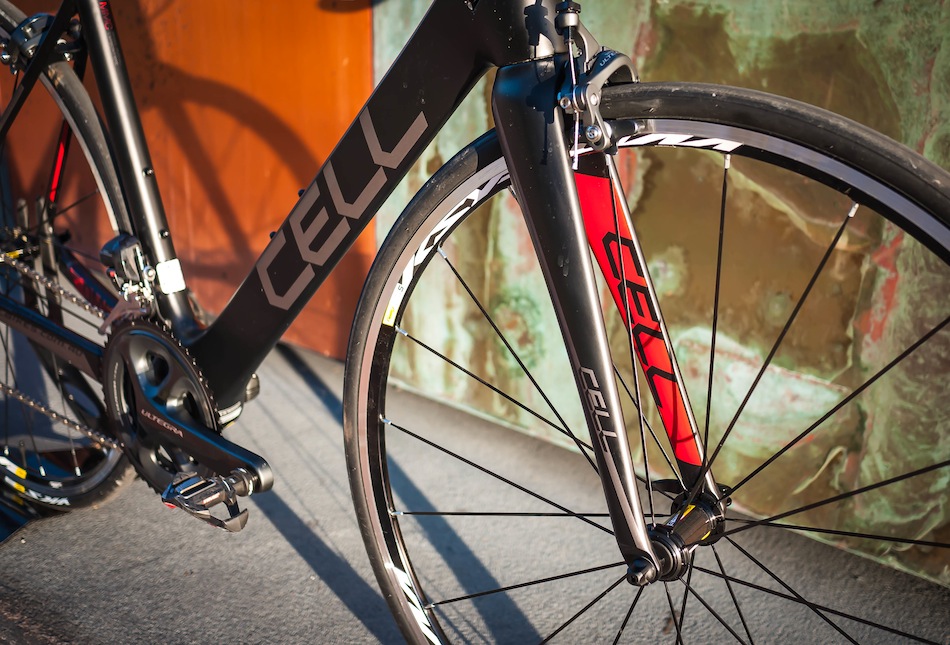
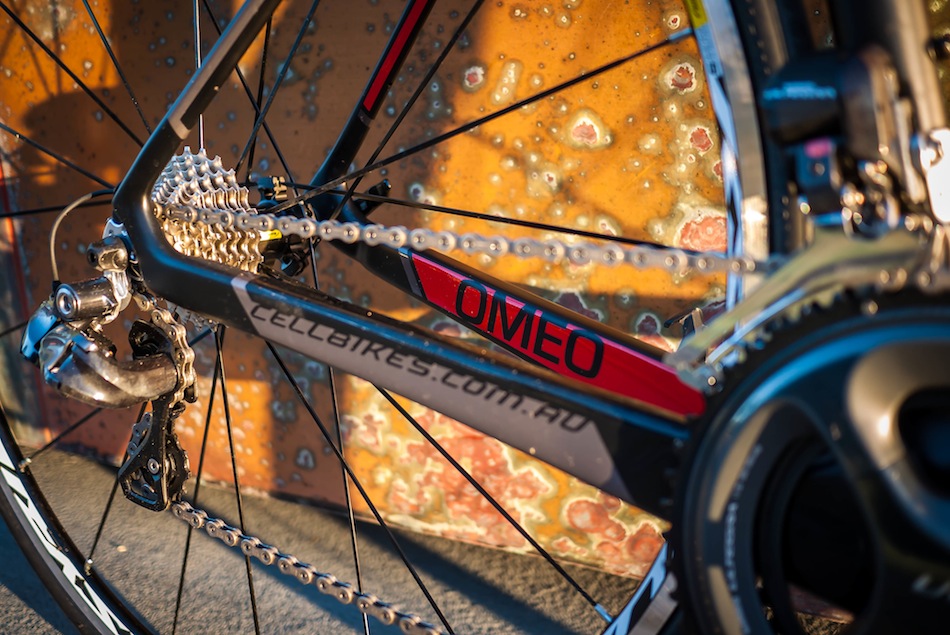
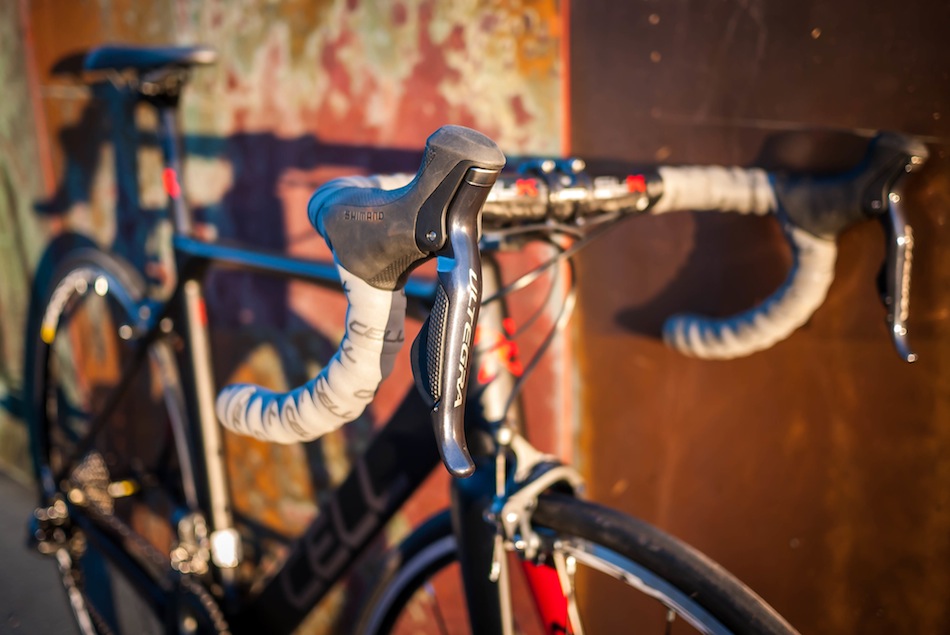
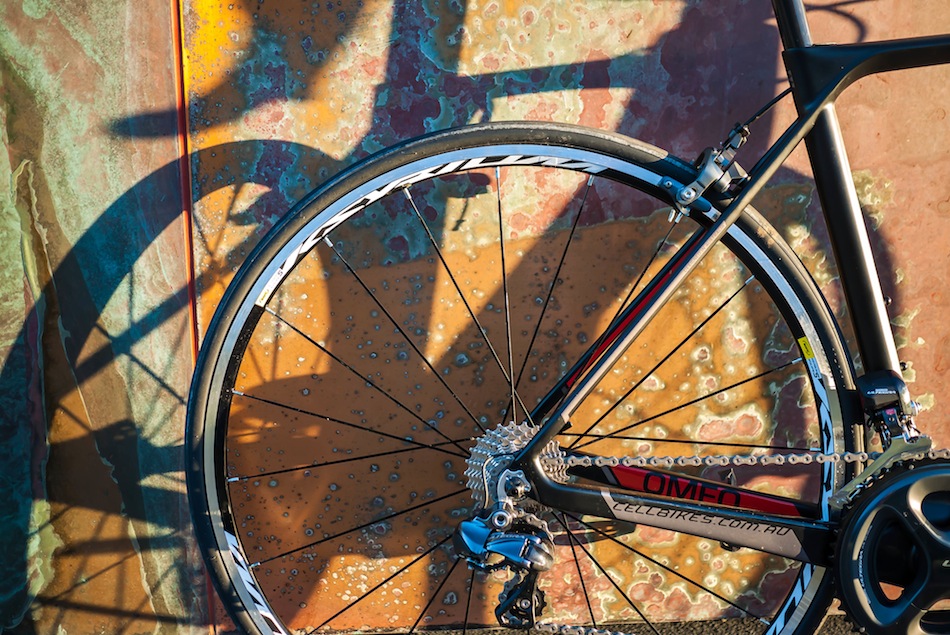
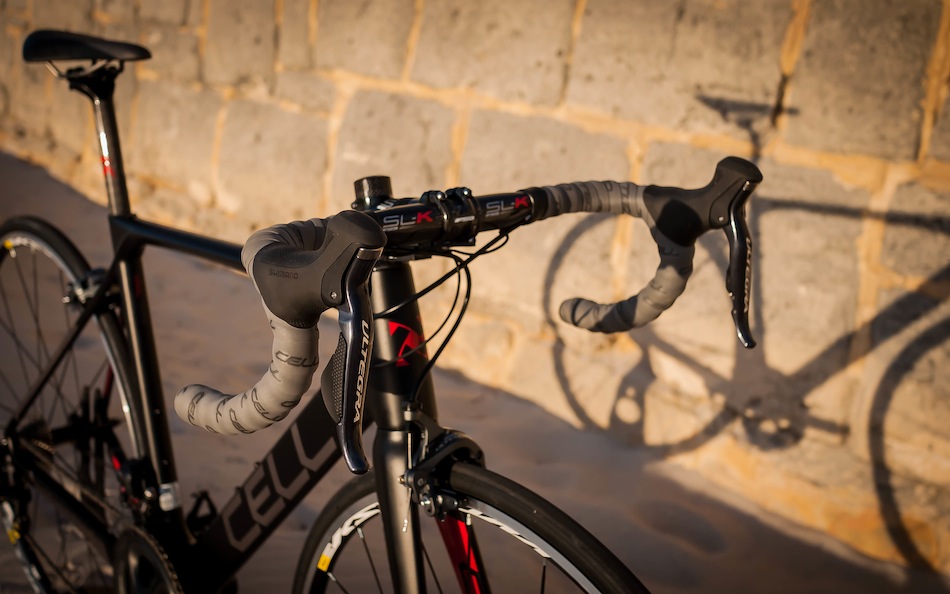
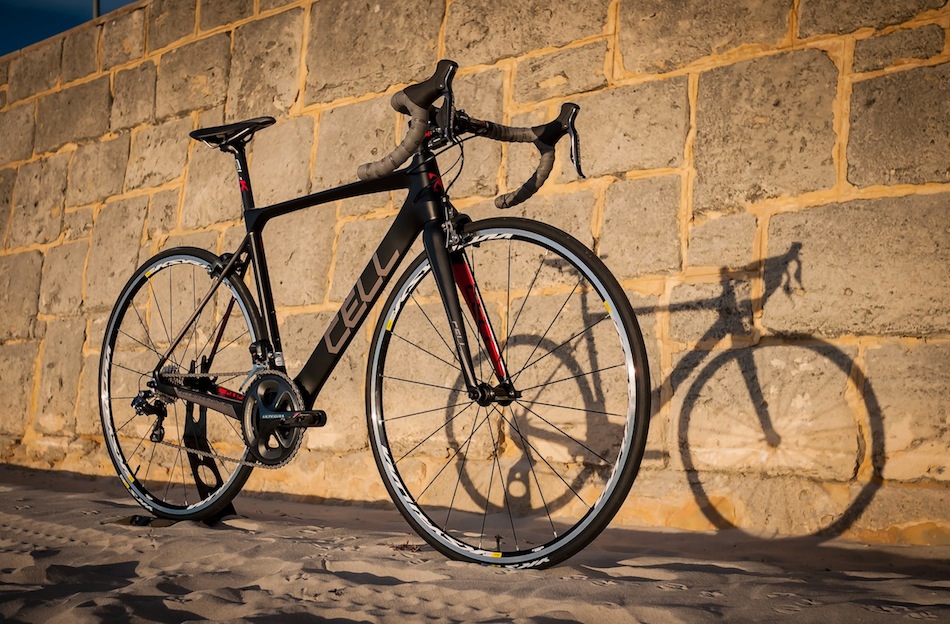
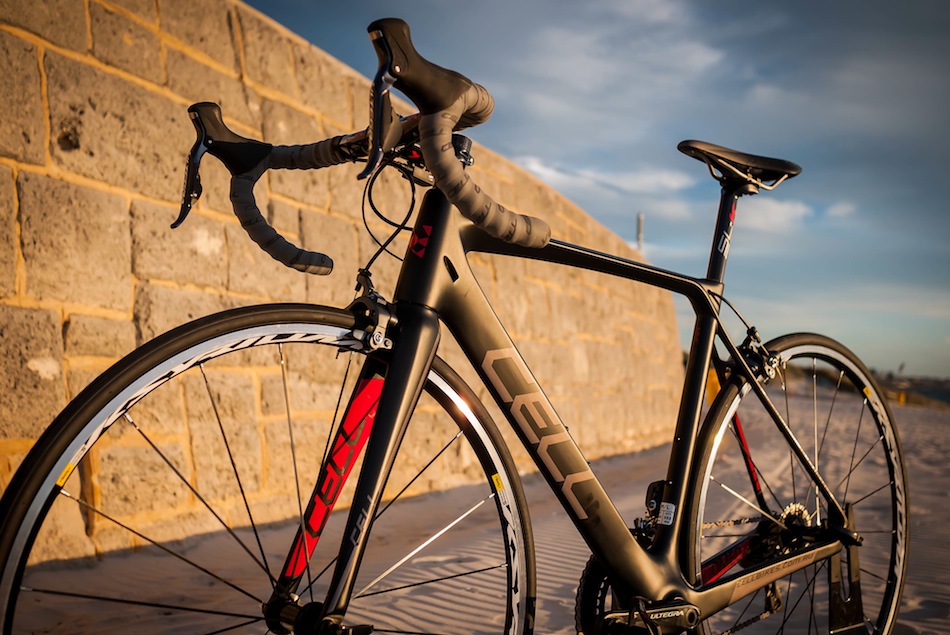
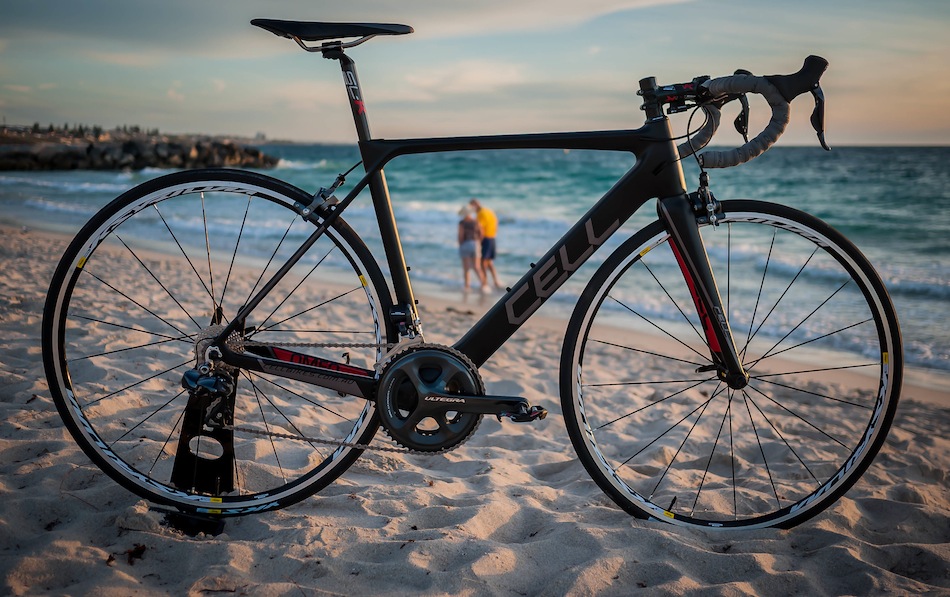
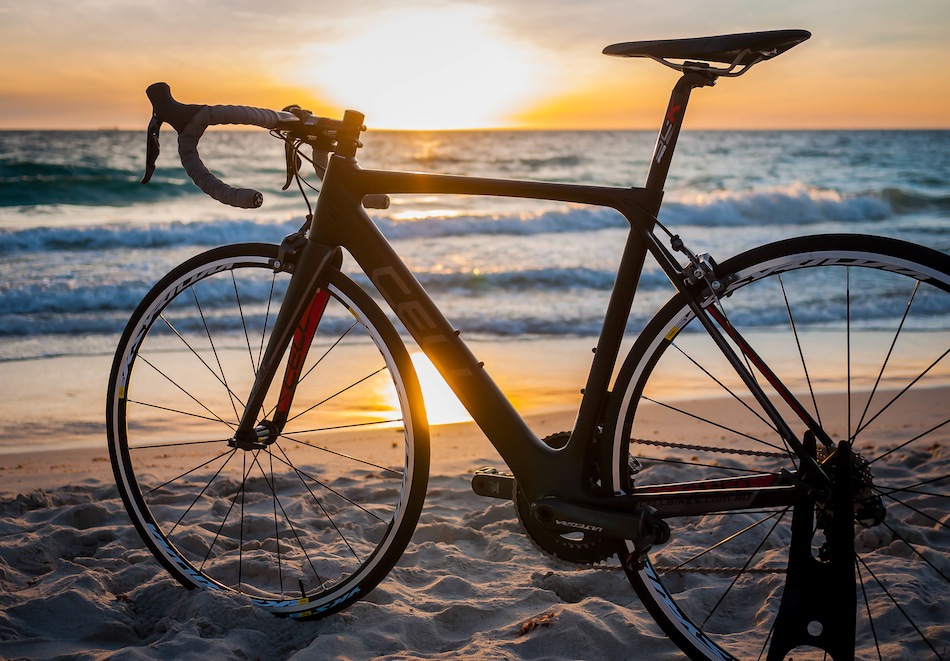
WRAP-UP
- Smooth ride
- Very responsive
- Precise steering
- Confident handling
- Too much road buzz up front on rough roads
- Yet another black bike on the market


